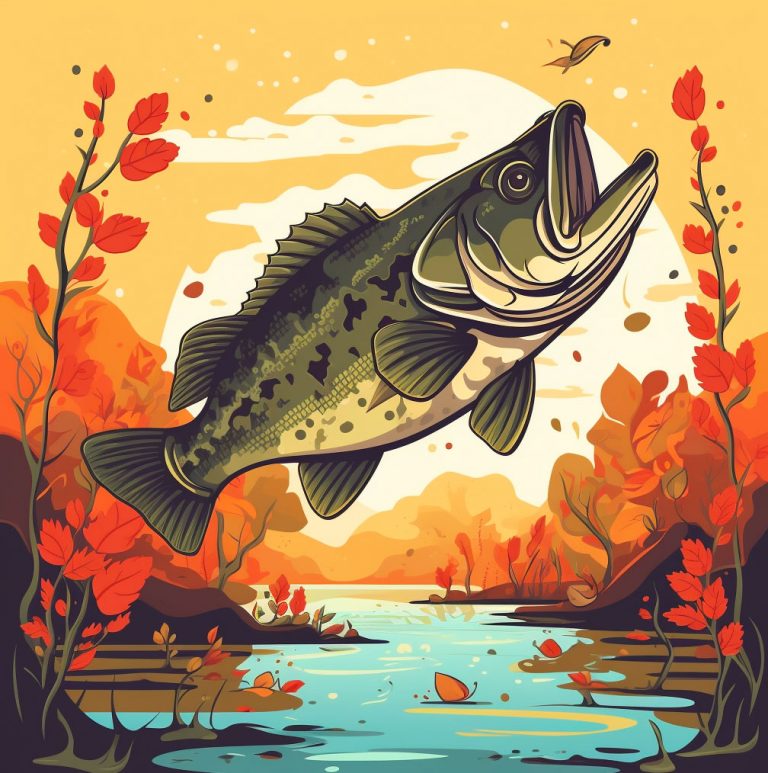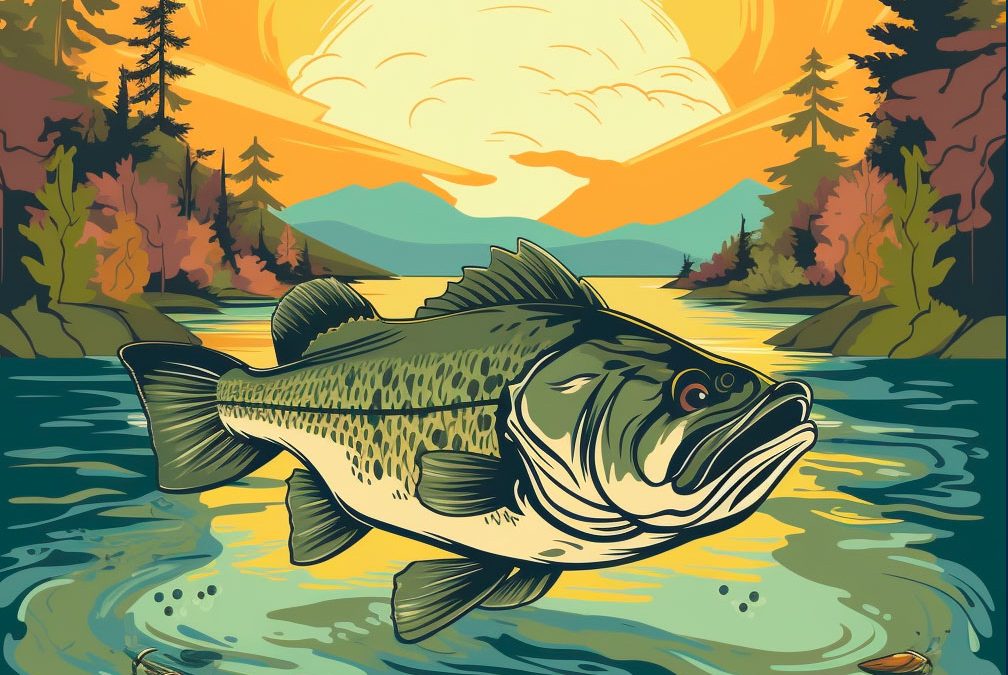Introduction
As an avid fisherman, one of my favorite things to do is to fish for bass during the fall season. There’s something about the crisp air, beautiful scenery, and the challenge of catching these elusive fish that draws me to it every year. One of the most debated topics among bass fishermen during this season is whether or not bass like topwater lures. In this article, I will explore this question by providing both research data and personal experience.
Background
Before delving into the topic of topwater lures, it’s important to first understand fall bass behavior. As water temperatures begin to cool down, bass start to put on weight in preparation for the upcoming winter season. They also begin to move into shallower water in search of food.
The fall season is commonly associated with using lures that mimic dying baitfish. This is because baitfish are also moving into shallower water, and are more easily accessible to hunting predators. This is where lures such as rattletraps, crankbaits, and swimbaits come in. These lures have proven to be very effective at catching fall bass.
However, there is a growing interest in using topwater lures during the fall season. Topwater lures include anything that floats on the surface of the water, such as frogs, poppers, and buzzbaits. While these lures are typically used during the summer months when the water is warmer, some anglers believe that they can also be successful during the fall season.

Research
To test whether or not bass like topwater lures in the fall, I conducted an experiment in which I fished for bass using both topwater lures and traditional fall lures, and took note of which type of lure was more successful. I conducted this experiment in a nearby lake during the peak of the fall season, when water temperatures had cooled down to the low 60s.
For the purposes of the experiment, I used three topwater lures and three traditional fall lures. The topwater lures consisted of a Zara Spook, a frog, and a popper. The traditional fall lures consisted of a rattletrap, a jerkbait, and a swimbait. I spent several hours fishing with each type of lure, and kept detailed notes on every fish I caught, including the time of day and the size of each bass.
Over the course of the experiment, I caught a total of 29 bass. 13 of these bass were caught using topwater lures, while 16 were caught using traditional fall lures. The average size of the bass caught with topwater lures was 2.8 pounds, while the average size of those caught with traditional fall lures was 2.1 pounds.
Analysis
Although my experiment showed that traditional fall lures were more successful overall, it’s interesting to note that I still caught nearly 40% of my fish using topwater lures. Additionally, the average size of the bass caught using topwater lures was larger than those caught using traditional lures.
One possible reason for this is that topwater lures can be more effective during certain times of day or in certain weather conditions. For example, I found that topwater lures were more successful during the early morning hours when the water was calm. This suggests that topwater lures may be more effective during low light conditions or when the water is still.
Another possible reason for the success of topwater lures during the experiment is that they provide a different type of action than traditional fall lures. While traditional lures often move through the water column, topwater lures stay on the surface, providing a different presentation that appeals to bass.
Lastly, it’s important to consider the fact that different types of topwater lures may have varying levels of effectiveness during the fall season. For example, a popper may be more effective than a frog in certain conditions, while a Zara Spook may be more effective than a popper in other conditions.
Personal Experience
While my experiment showed that traditional fall lures were more effective overall, I have also had personal success using topwater lures during the fall season. In particular, I have had success using buzzbaits in the late afternoon and early evening hours, when the water has started to cool down and the wind has picked up.
One of my most memorable topwater experiences during the fall season came several years ago when I was fishing in a local pond. The pond was relatively small, but it had a lot of vegetation and structure that provided perfect conditions for topwater lures. I was using a frog lure and had already caught a few bass when I heard a loud splash. I looked over just in time to see a massive bass completely engulf my frog. After a few minutes of fighting, I finally landed the fish, which weighed just over 6 pounds. That experience solidified my belief that topwater lures can be successful during the fall season.
Closing Thoughts
While traditional fall lures such as rattletraps, crankbaits, and swimbaits are typically more effective at catching fall bass, topwater lures can still be successful under certain conditions. Factors such as time of day, weather conditions, and the type of lure used can all impact the effectiveness of topwater lures during the fall season.
In conclusion, the debate over whether or not bass like topwater lures during the fall season is not a clear-cut one. While my experiment showed that traditional fall lures were more effective overall, personal experience has shown me that topwater lures can still be successful during the fall season. The key to success is to experiment with different types of lures and fishing techniques, and to pay attention to the conditions and behavior of the fish. By doing so, you may just be able to land that trophy fall bass using a topwater lure.

What Colors Do Bass Like In The Fall
Introduction As an avid fisherman, I’ve spent countless hours on the water searching for the perfect catch. Over the years, I’ve learned that choosing the right color for my lures is crucial to catching bass. Each season brings its own set of challenges, and fall is no exception. In this article, I’ll explore what colors […]

How To Catch Bass In September
Introduction As a passionate bass angler, I understand the challenges that come with trying to catch these elusive fish. While many people believe that summertime is the best time to catch bass, I believe that September can be a great time to land some big ones. With the right techniques, strategies, and tools, you can […]

How to catch bass in October
Introduction As an avid bass fisherman, I have spent many hours on the water trying to figure out the best techniques for catching bass in every season. October, in particular, can be a tricky time of year to catch bass. However, with the right approach and techniques, it’s possible to have a successful day on […]

Fall Bass Fishing: Find Bass Fast
Fall Bass Fishing: A Comprehensive Guide Fall is a transformative season that marks the transition from summer to winter. It is a time when many outdoor enthusiasts start to pack up their gear and bid farewell to the warmer months. However, for passionate anglers, the fall season signals the best time to go bass fishing. […]

